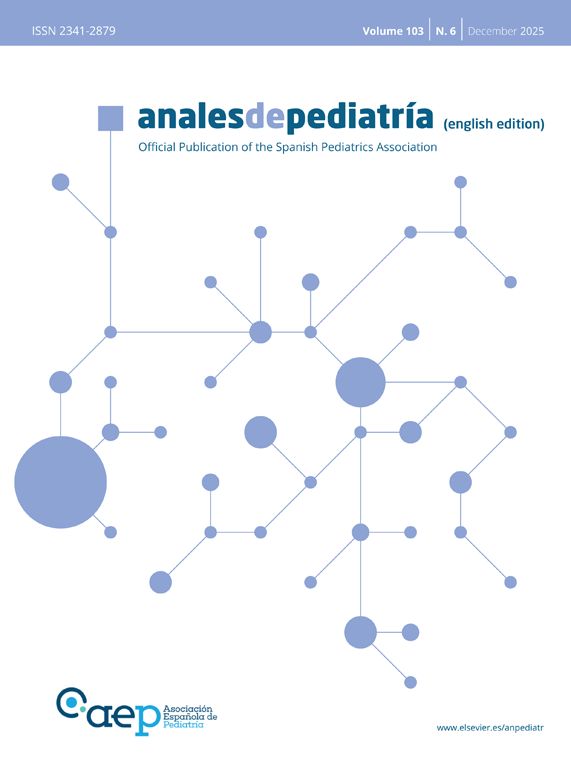International comparative studies investigating variation in disease prevalence between populations and their determinants have made important contributions to the understanding of disease aetiology in many areas. Phase I of the International Study of Asthma and Allergies in Childhood (ISAAC) used standardised questionnaires and found marked differences in the prevalence of asthma symptoms in 13-14 year olds and 6-7 year olds living in 55 different study centres in Europe. The prevalence of wheeze in the last 12 months ranged from 2.6-32.2 % in the older age group and 3.5-18.4 % in the younger age group. It was particularly high in the English speaking countries (Ireland and UK) and low in Albania, Georgia, Greece and Spain. Factors which have been found to influence the variation include nutrition, hygiene and climate. Phase II of ISAAC aimed to investigate these differences further using physiological measurements and to identify determinants of the observed differences in informative populations. A detailed study protocol was developed for use in community based random samples of 9-11 year old children (1000 per centre). The study modules include standardised questionnaires and protocols for examination of flexural dermatitis, skin prick testing, bronchial challenge with hypertonic saline, blood sampling for IgE analyses and genotyping, and dust sampling for assessment of indoor exposures to allergens and endotoxin. ISAAC II field work has been completed or started in 19 study centres in Europe, including four in Spain. The majority of centers is from countries which participated in ISAAC Phase I and reflect almost the full range of the observed variability in phase I prevalence rates. The data provide a framework for studies of populations in contrasting environments which are expected to yield new clues about the aetiology of asthma.
The Impact Factor measures the average number of citations received in a particular year by papers published in the journal during the two preceding years.
© Clarivate Analytics, Journal Citation Reports 2025
SRJ is a prestige metric based on the idea that not all citations are the same. SJR uses a similar algorithm as the Google page rank; it provides a quantitative and qualitative measure of the journal's impact.
See moreSNIP measures contextual citation impact by wighting citations based on the total number of citations in a subject field.
See more


